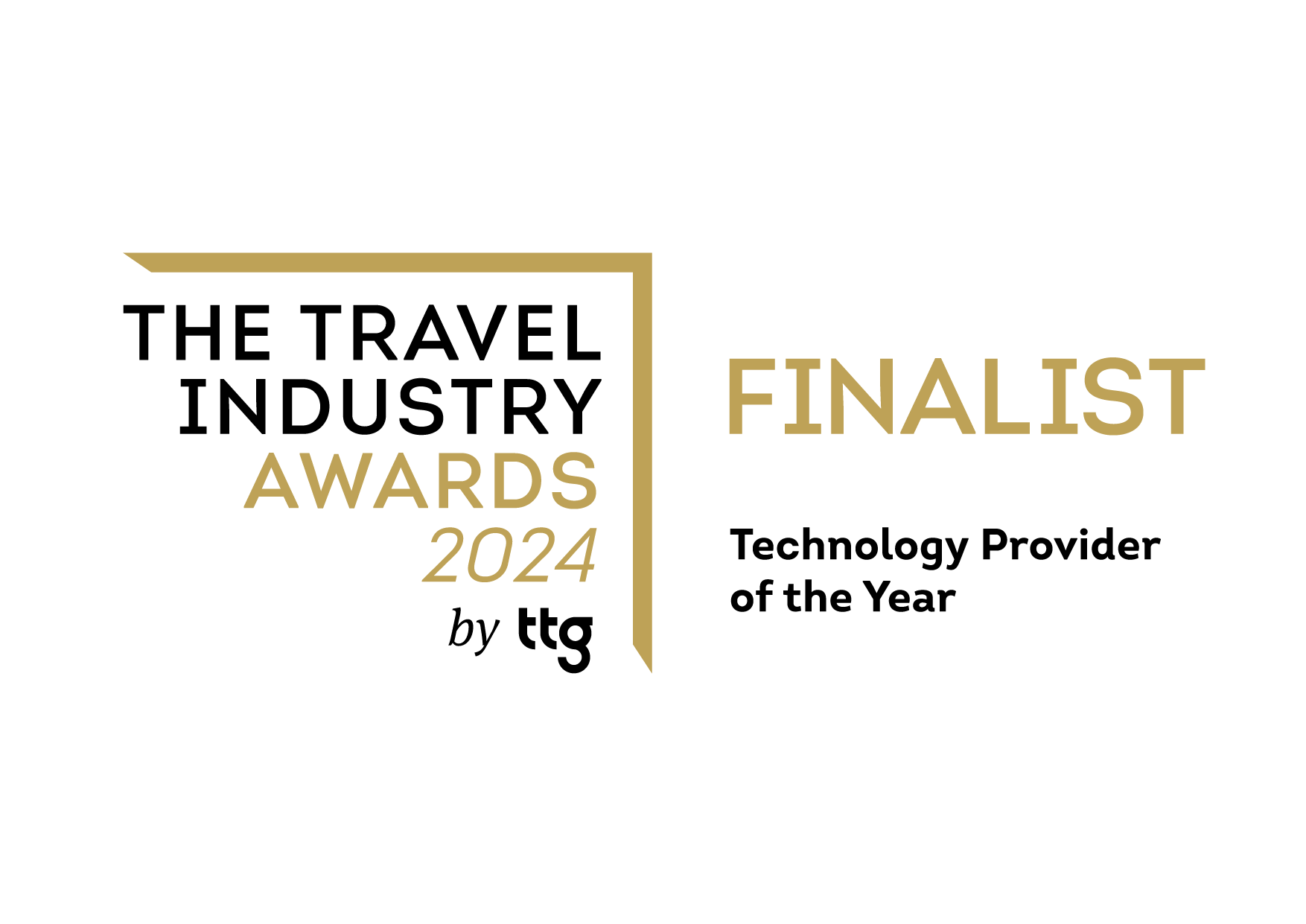
How is Data Transforming the Travel Sector?
The travel industry is undergoing a transformative shift, driven partly by the proliferation of data and how businesses utilise it. The increasing availability and accessibility of data mean it has emerged as a powerful catalyst for change, transforming the way travel businesses operate and interact with travellers.
Data is an invaluable asset, allowing travel providers to access deep insights into traveller behaviour, preferences and travel patterns, all of which can be harnessed to create more efficient and personalised travel experiences. By understanding the implications of data-driven strategies and addressing the associated challenges, travel providers can position themselves as industry innovators and reap the benefits. We will explore how data has improved personalisation, revenue management, sustainability initiatives and insurance for travel providers.
Putting the Customer First: Personalisation and Customer Experience
A major benefit of access to data for any organisation is the ability to personalise customer experiences. Personalisation directly impacts sales—91 per cent of consumers are more likely to shop with brands that provide them with relevant offers and tailored recommendations that appeal to them.
Access to data enables travel brands to understand customer behaviour, preferences and travel patterns, which can be used to tailor product and service offerings, ensuring relevancy. One study even found that personalised shopping cart recommendations influenced 92 per cent of shoppers to complete a purchase.
How to get started
To improve personalisation and customer experience (and ultimately boost sales), your travel business should:
Collect relevant data
Gather data from several sources, including but not limited to online bookings, reviews, customer interactions, web analytics, social media, and, if applicable, mobile app usage.
Organise data
Gathering data from multiple sources is all well and good, but you need somewhere to store and analyse it—this is where a customer data platform (CDP) comes in handy. Popular CDP platforms for small to medium-sized businesses include Twilio Segment and Lytics. With your data nicely organised, you can create customer personas and segments, enabling you to pick up on patterns and trends.
Develop personalised marketing strategies
Using the insights stored in your CDP, you can create targeted marketing campaigns for customer segments to boost sales. For example, recommend relevant destinations, flights and accommodations based on their needs, interests and past bookings.
Money Matters: Revenue Management and Pricing
All businesses must manage their revenue streams and pricing strategies to maintain a competitive advantage. The proliferation of data has enabled travel companies to leverage data and analytics to optimise pricing models and maximise revenue in the process. Here’s how:
Dynamic pricing
Fluctuating demand, price sensitivities and the highly competitive landscape of the travel industry make dynamic pricing a must for many businesses. Data-driven insights can help travel providers identify optimal pricing levels, maximise revenue during busy periods and ensure the business stays competitive during off-peak times.
Competitor analysis
Conducting competitor analysis benefits many areas of your business, not least your pricing. Understanding your competitor’s pricing will give your business valuable insights and determine your position in the market. In addition, data-driven competitor analysis can reveal gaps in the market, highlight differentiation opportunities and underline areas where businesses can improve pricing to attract more customers.
Demand forecasting
Demand forecasting is vital for efficient resource allocation and the development of pricing strategies. By collecting, analysing and identifying historical trends in data, travel businesses can predict future service demand and plan accordingly.
Going Green: Data-Driven Sustainability Initiatives
As consumers and businesses alike grow more concerned about sustainability, the travel industry must adapt to meet the ever-growing demand for eco-friendly services. Over 50 per cent of travellers want to travel more sustainability in the future, and travel companies must respond accordingly. Data-driven sustainability initiatives play a vital role in helping travel businesses reduce their environmental impact and meet customer expectations. Below are a few ways travel companies can implement data-driven sustainability initiatives:
Resource optimisation
Data-driven insights can enable travel businesses to optimise their use of natural resources, such as water, energy and raw materials. Travel companies can reduce waste, conserve valuable resources, and lower their environmental impact by monitoring consumption patterns and identifying inefficiencies that harm the environment.
Eco-friendly product development
To meet consumer demand, more travel businesses are developing eco-friendly services. The Sustainable Travel Report 2022 by Booking.com revealed that 63 per cent of travellers want to make more of an effort in the next year to travel more sustainably.
Carbon footprint tracking
The travel industry is a major contributor to greenhouse gas emissions. As a result, a growing number of travel businesses are using data to track their carbon footprint with the intention of reducing it. Companies collect and analyse data on energy consumption, emissions and waste to measure their carbon footprint, identify improvement areas, and track progress towards all-important sustainability goals.
Innovative Solutions: Data-Driven Insurance
Data now plays a pivotal role in insurance. The pandemic highlighted key flaws in the way the insurance industry services both the travel industry and the financial services sectors that were exposed to businesses in the travel sector.
Traditional insurance models often relied on generalised assumptions about risk, which led to blanket coverage withdrawal for many travel businesses when natural disasters and health crises struck. Until recently, underwriters did not have the necessary tools to understand their risk portfolio case-by-case—there was no data which accurately revealed their risk exposure available. That changed when TMU Management came into being. TMU Management is a modernised digital insurance solution created to safeguard the integrity of the travel value chain.
How does TMU Management work?
Our solutions are based on our real-time reporting and data management system that connects to the travel value chain to assess and mitigate potential financial risk. With TMU Management, users access granular risk exposure insights through interactive dashboards, an end-to-end audit trail and an API integration and platform management as standard.
We recognise that one size does not fit all, and we are committed to providing your travel company with insurance that safeguards your position. Visit the TMU Management website to learn more about how our insurance solutions are helping travel businesses stay afloat.
In Summary
The effective collection, analysis and utilisation of data have been nothing short of transformative for the travel sector, especially relating to personalisation, revenue management, sustainability and insurance. Data will continue to play a central role in shaping the future in the coming years as more businesses, big and small, recognise the value of data-driven insights and adopt innovative strategies to leverage data.



